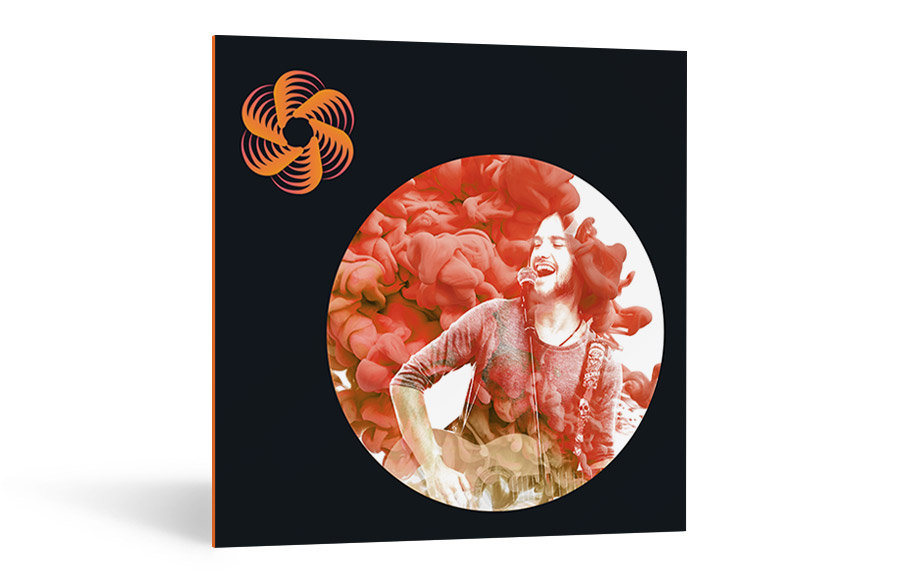
But when the kick hits hard, the compressor reacts harder-we hear the compressed signal less because it's lower in level, and the original signal cuts through more. When the kick is played soft, we’re likely to hear the parallel signal more the compressor is working less hard, as its reacting to a softer note, and furthermore, its tone cuts a bit more over the quiet kick. But we’re using it in parallel, with a mix of 60 percent. This is way too fast for straight implementation-it clamps down on the transient so hard that it can add distortion. If you want to fit the bass into the drum’s pocket, you’ll probably want a slower release time, though you must tune the release by ear. If you want to emphasize each note, go with a quicker release, as the compressor will let the transient pass, and clamp down on the rest of the signal. Try Neutron 3’s compressor in Vintage mode with a ratio of 4:1 and a medium attack time, then use the release to your advantage. Here, I’d recommend Neutron 3 in Vintage mode. Sometimes, for the electric bass, you want to beef up the tone without obvious distortion or equalization-but you must be sure to level out the dynamics so one note doesn’t bloom above another, and you want to lock that groove in as much as possible. Many digital compressors model the tone of their analog forebearers. A solid-state compressor for example, might predominantly add even-order harmonics, while a tube compressor could impart more in the flavor of odd-order harmonics. To add color or tonal alteration: Hardware compressors often have a desirable, useful tone to them, as a result of their circuitry. Sidechain compression is one way of doing this, though you can also shape groove without an external sidechain input, particularly on a looped phrase you can change the feel of a drum kit or a bass part, for example. To alter the groove or feel of an instrument: You can use a compressor to shape the groove of an instrument in a variety of ways.

You can make drums smack harder with the attack and release parameters. To shape the front end of a transient: Using the attack and release control, you can really change the flavor of how a compressor hits the first percussive signal in its path.

Think of a vocal that grows too loud at the end of each phrase. To control a signal’s overall dynamics: The signal varies too much between loud and quiet sections, and we want to restrict its dynamic range. Here are some basic reasons to use a compressor: Now let’s cover some basic reasons to use a compressor before we move on to our use cases: Why do we compress?


 0 kommentar(er)
0 kommentar(er)
